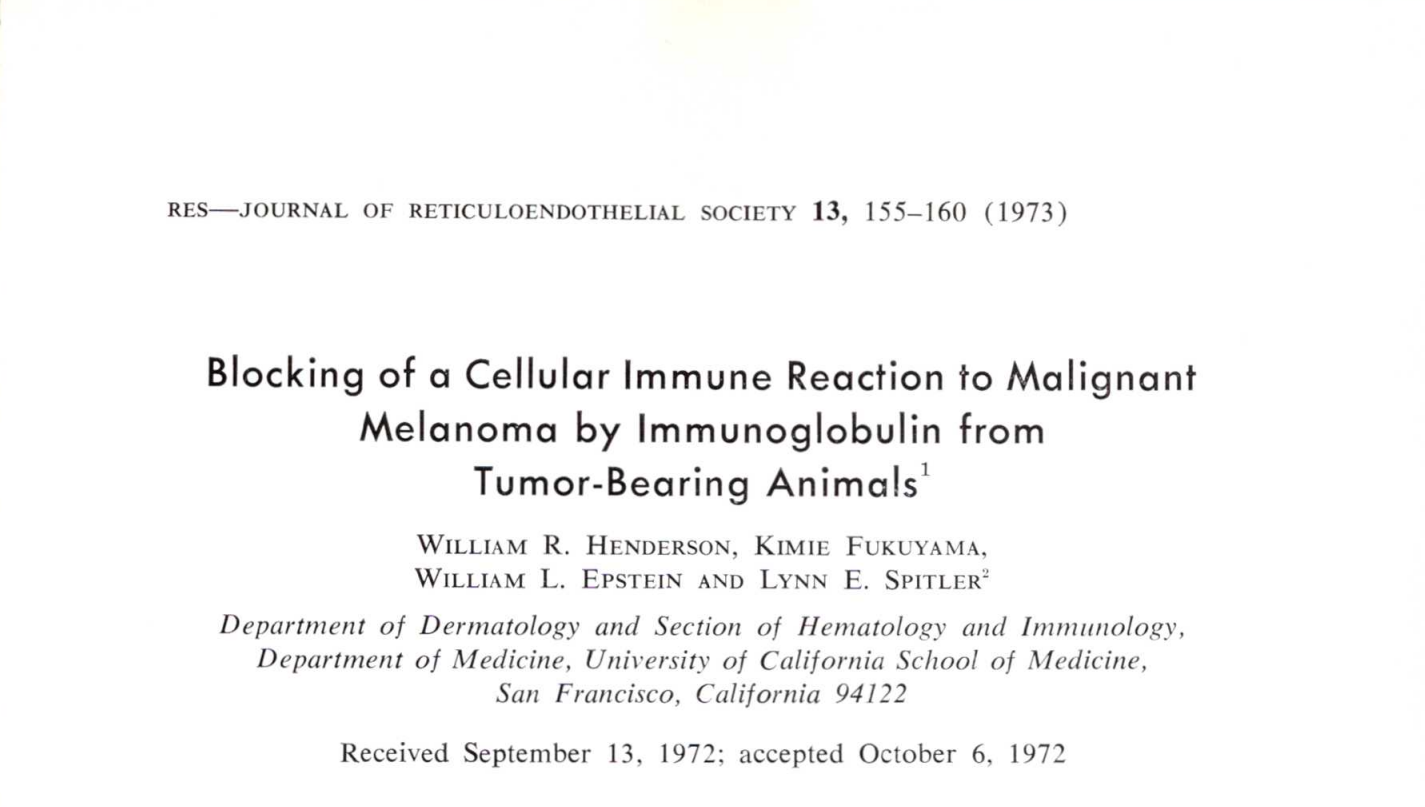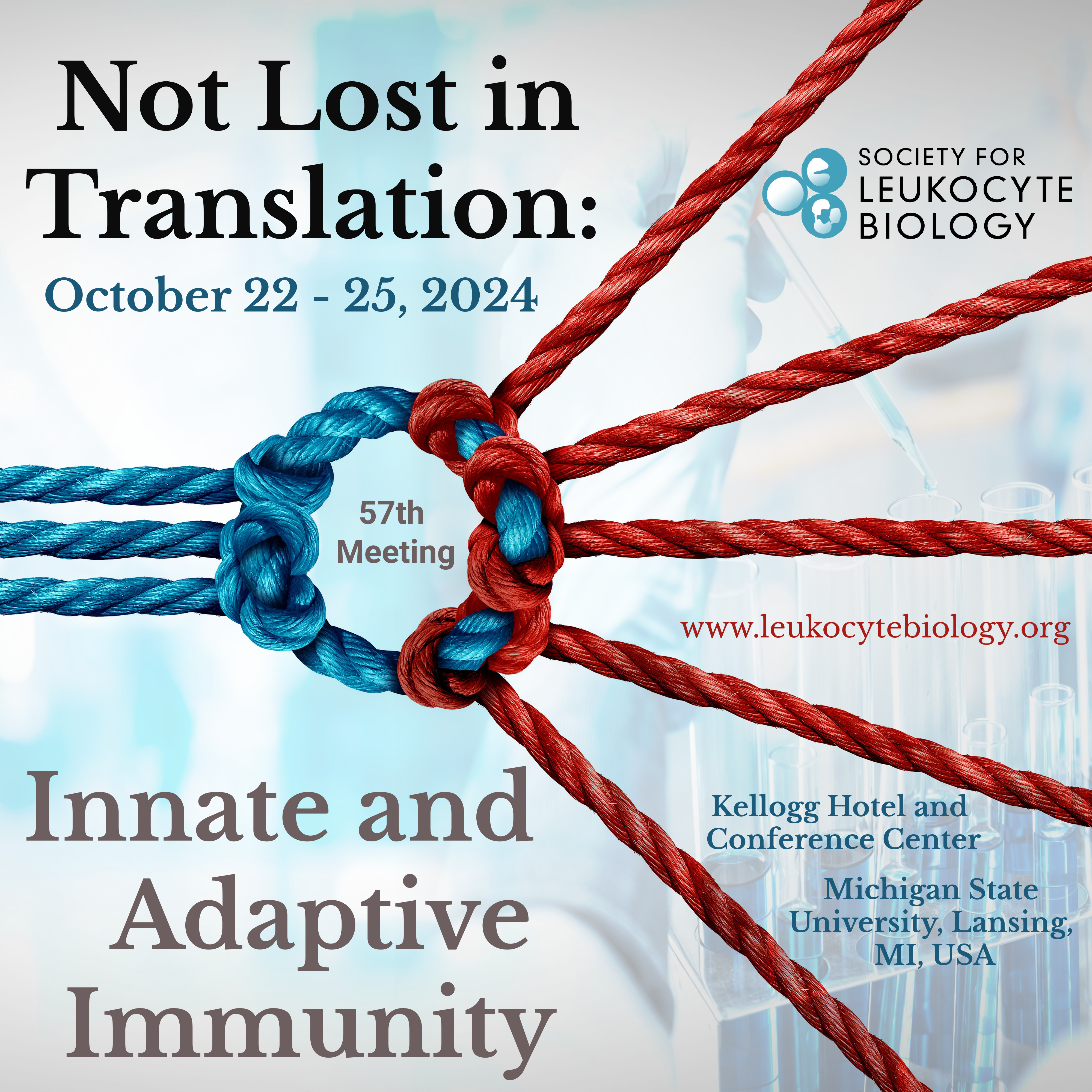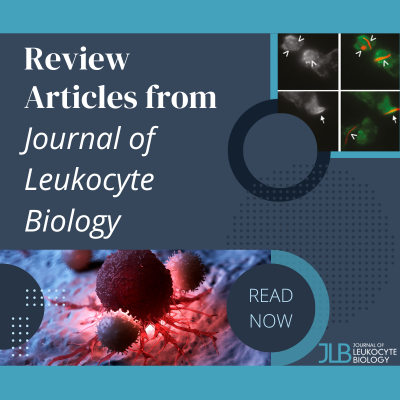| This Month in RES History - July '22 |
This Month in RES HistoryJoin Communication Committee member Samson Kosemani as he looks back into the great science hidden in the RES archives. Blocking of a Cellular Immune Reaction to Malignant Melanoma by Immunoglobin from Tumour-Bearing Animals Studies on cells derived from animals bearing experimental tumors in vitro have revealed cellular immunity to tumor-specific antigens. However, this immunity has been demonstrated to be less effective in causing tumor rejection, as evidenced by the continued growth of the tumors in these animals. In 1972, studies by Henderson et al established that the in vitro demonstration of cellular immunity can be blocked by serum from melanoma-bearing hamsters, notably by the macrophage migration inhibition assay, and, further, that the blocking effect is present in the serum fraction containing immunoglobulin. Firstly, Henderson et al speculated that antibodies react with antigens on the surface of the melanoma cells in such a way to prevent interaction between the antigen and lymphocyte, thus preventing the production of migration inhibitory factor (MIF). Their second submission suggested that antigen-antibody complexes might be present in the immune serum and might also have caused the blocking effect. The third possibility is that immunoglobulins could interfere with the effect on macrophages of MIF produced by sensitized lymphocytes. Henderson and colleagues concluded that cellular immunity to melanoma can be demonstrated in animals with progressive tumors and that the in vitro test of immunity can be blocked by the immunoglobulin-containing fraction but not by the non-immunoglobulin fraction of immune serum.
|







